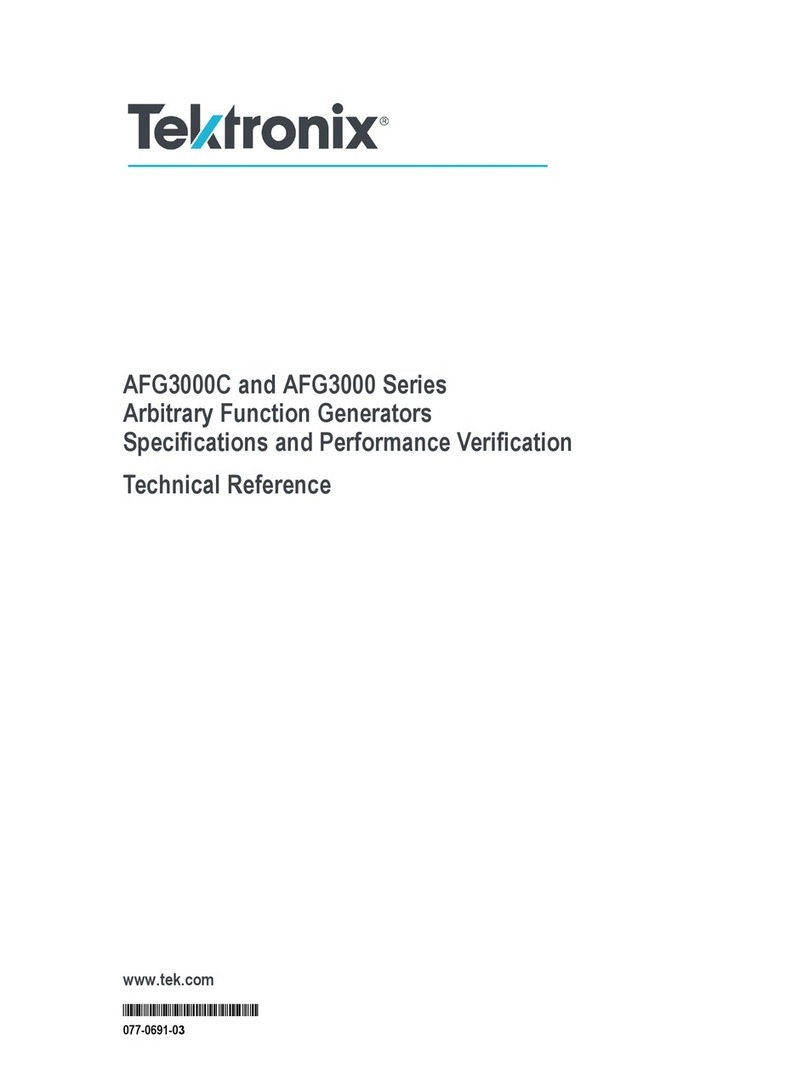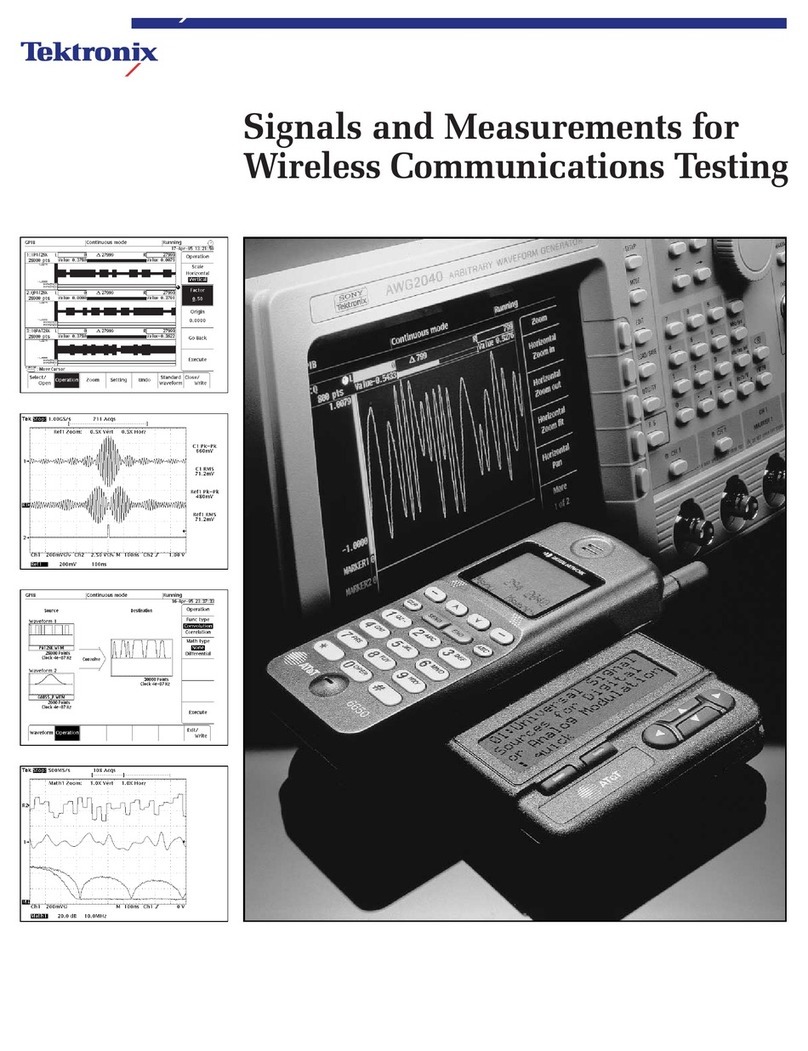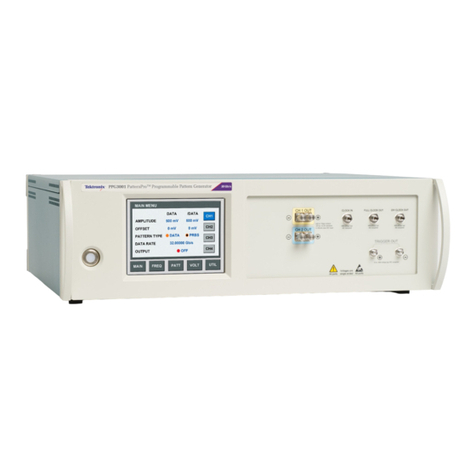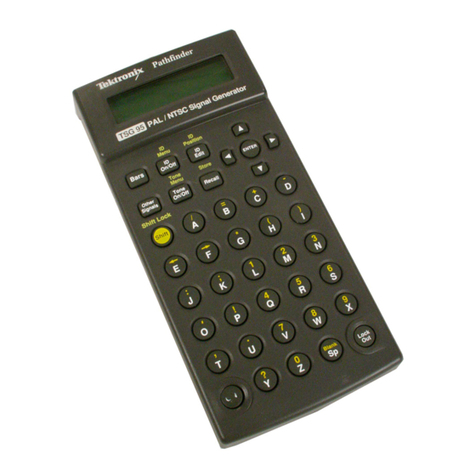Tektronix FG501 User manual
Other Tektronix Portable Generator manuals

Tektronix
Tektronix ECO422D Manual
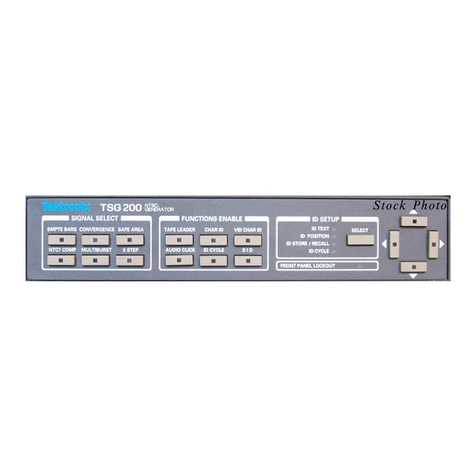
Tektronix
Tektronix TSG200 User manual
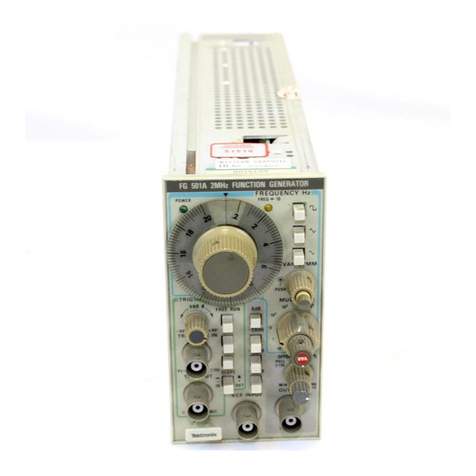
Tektronix
Tektronix FG501A User manual
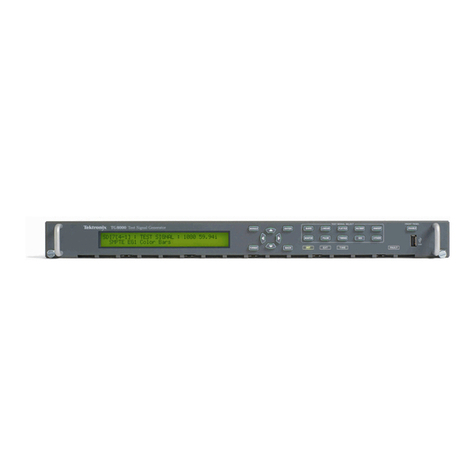
Tektronix
Tektronix TG8000 Operating and maintenance manual
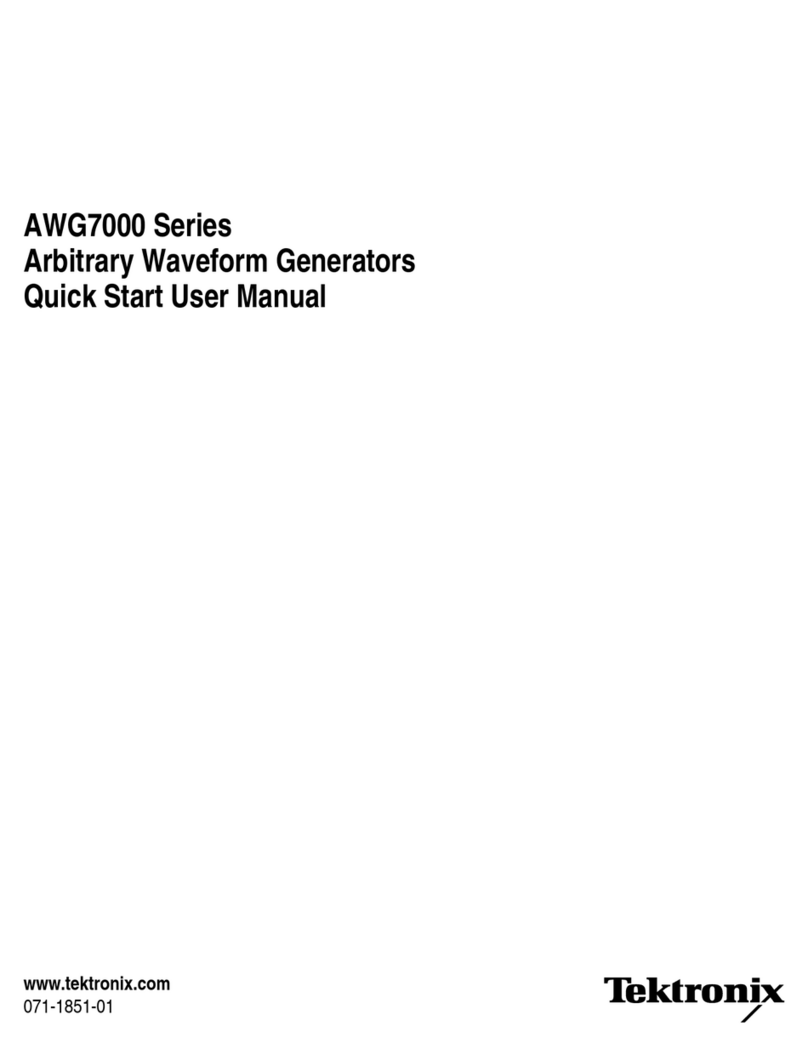
Tektronix
Tektronix AWG7000 Series Manual
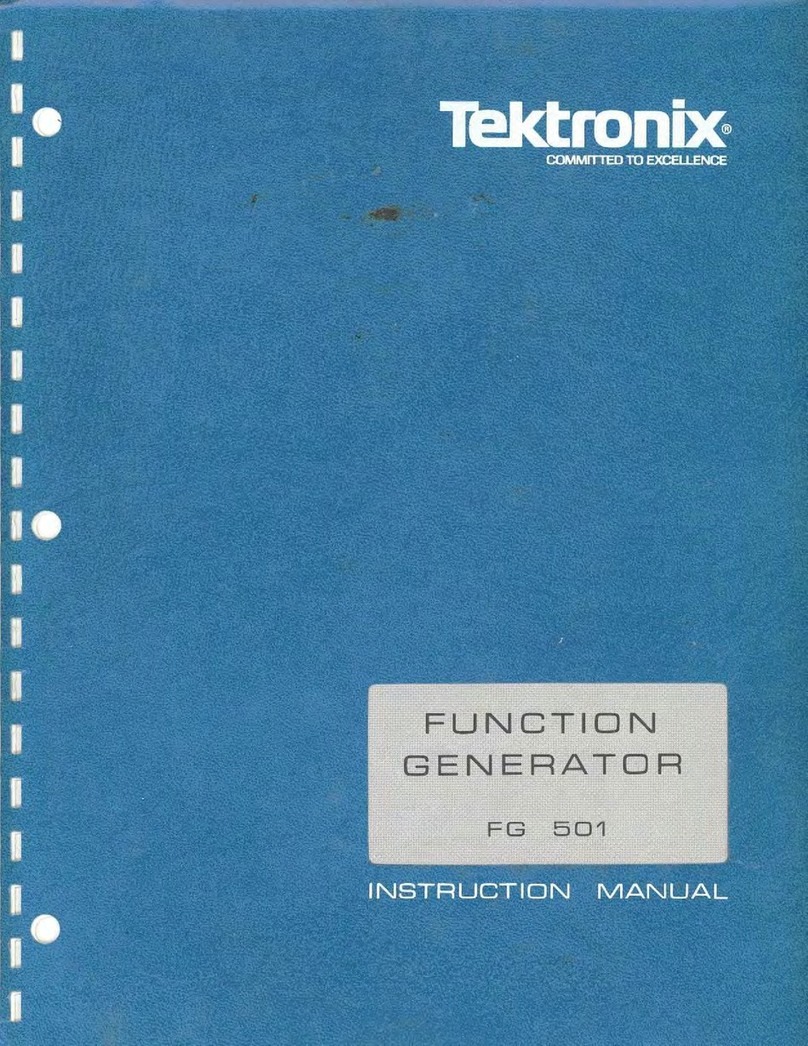
Tektronix
Tektronix FG501 User manual
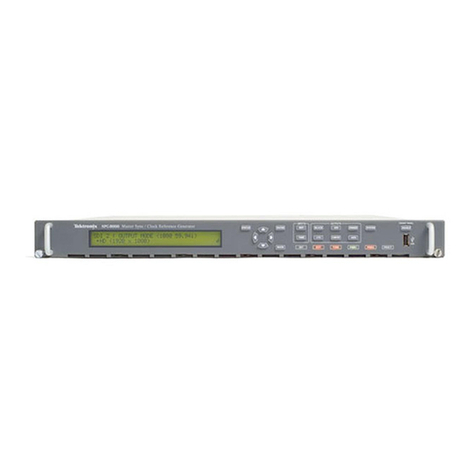
Tektronix
Tektronix SPG8000A User manual
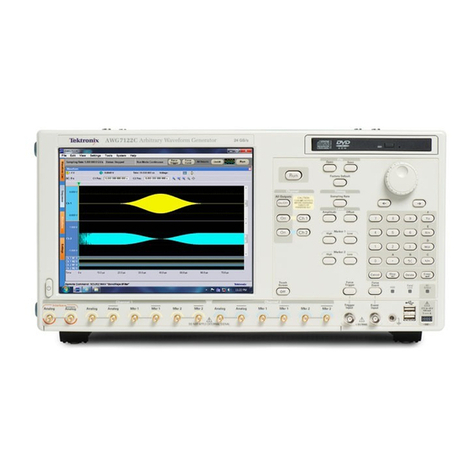
Tektronix
Tektronix AWG7082C Instruction manual
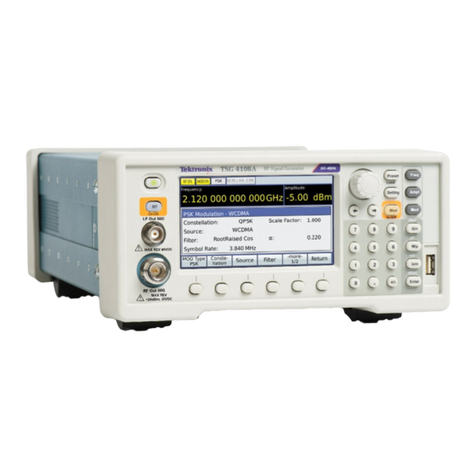
Tektronix
Tektronix TSG4100A Series Operating and maintenance manual

Tektronix
Tektronix AWG510 User manual

Tektronix
Tektronix AVG1 User manual

Tektronix
Tektronix DG2030 User manual
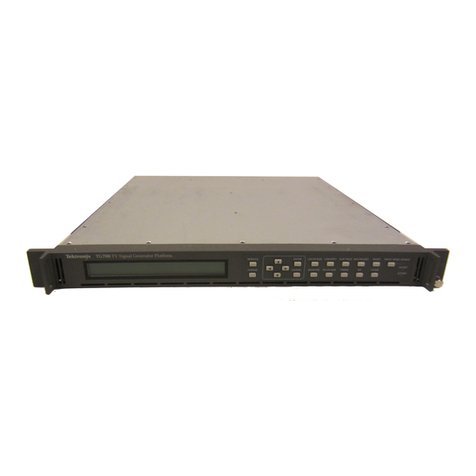
Tektronix
Tektronix TG700 Use and care manual

Tektronix
Tektronix TR 502 User manual
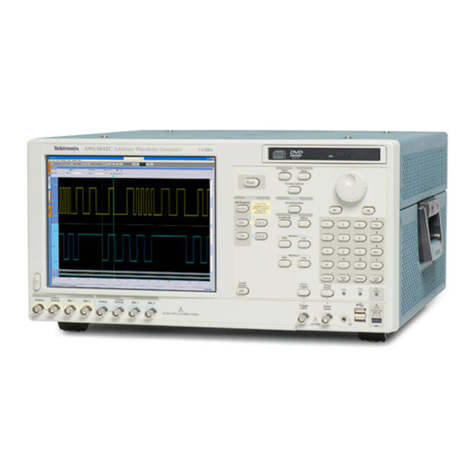
Tektronix
Tektronix AWG5000B Series User manual
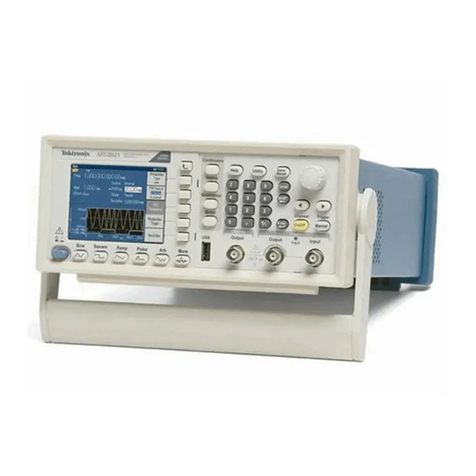
Tektronix
Tektronix AFG2021-BR User manual
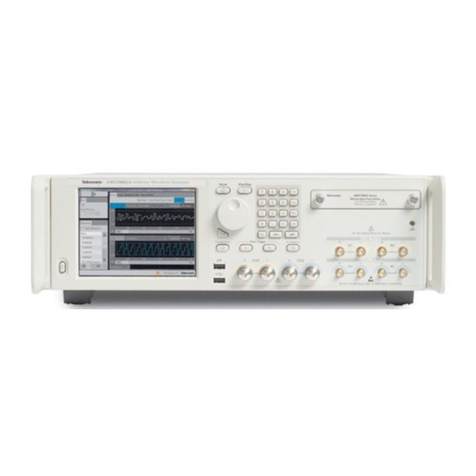
Tektronix
Tektronix AWG70001A Use and care manual
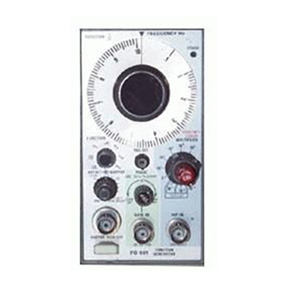
Tektronix
Tektronix FG501 User manual

Tektronix
Tektronix TG8000 Use and care manual
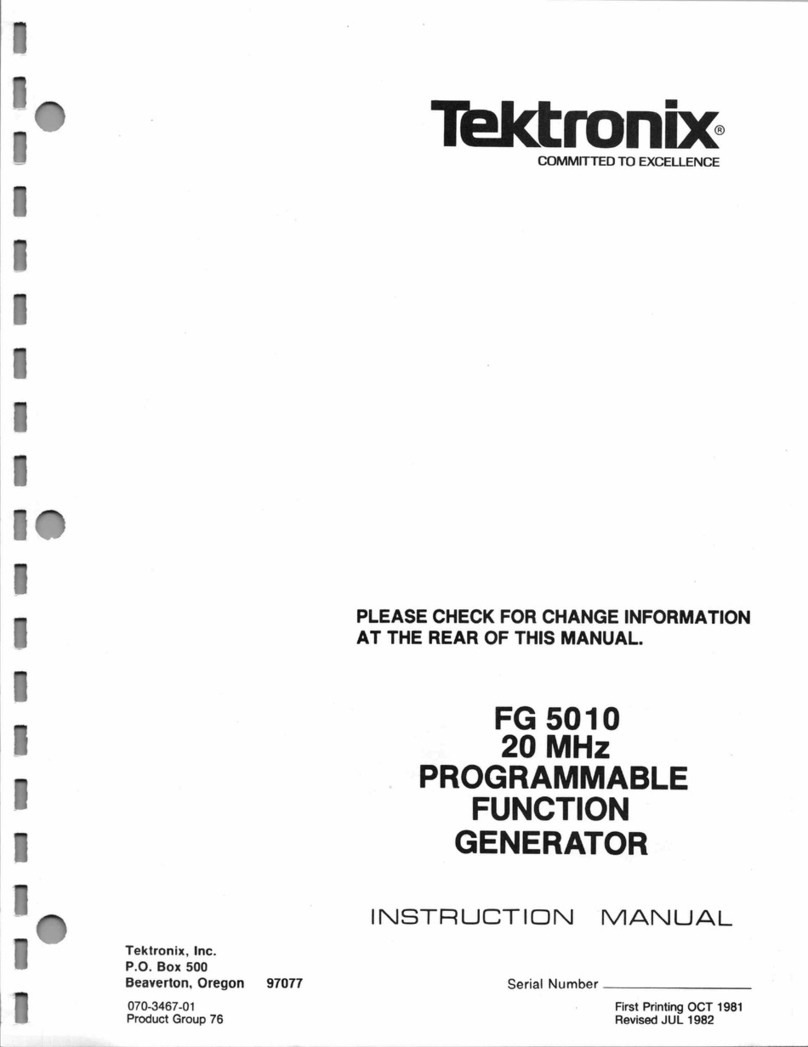
Tektronix
Tektronix FG 5010 User manual
